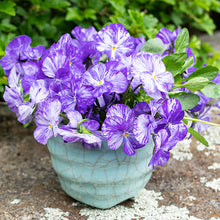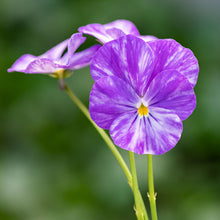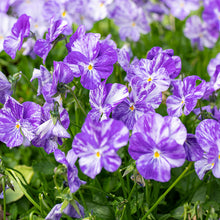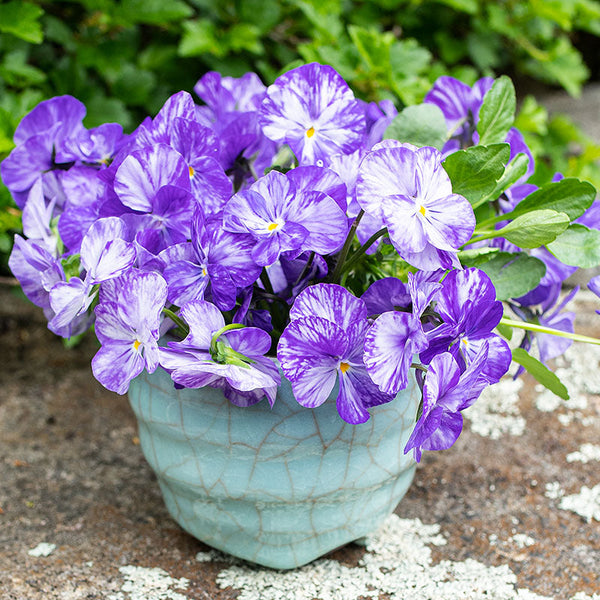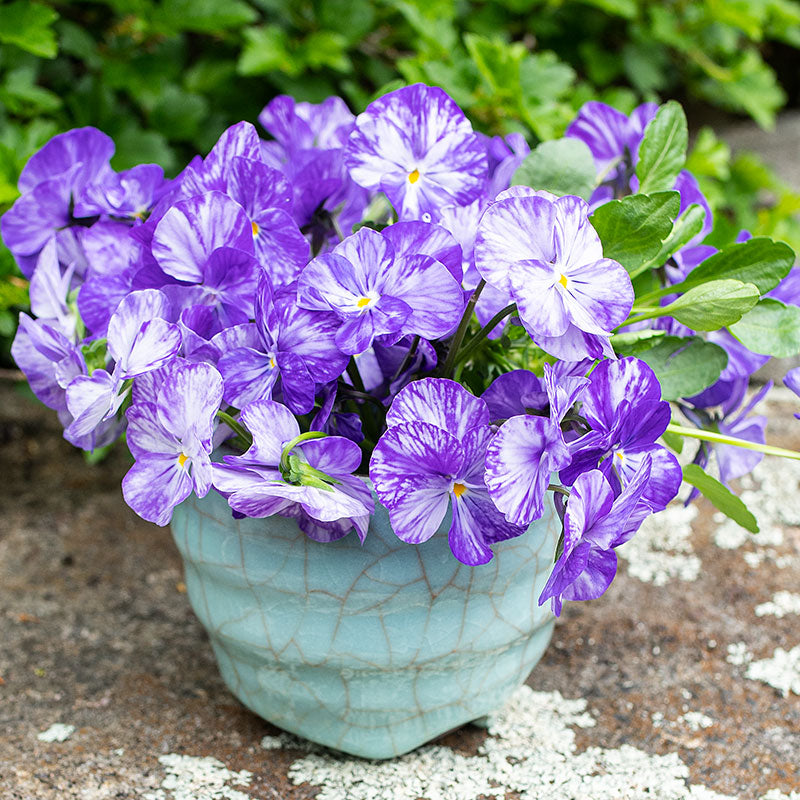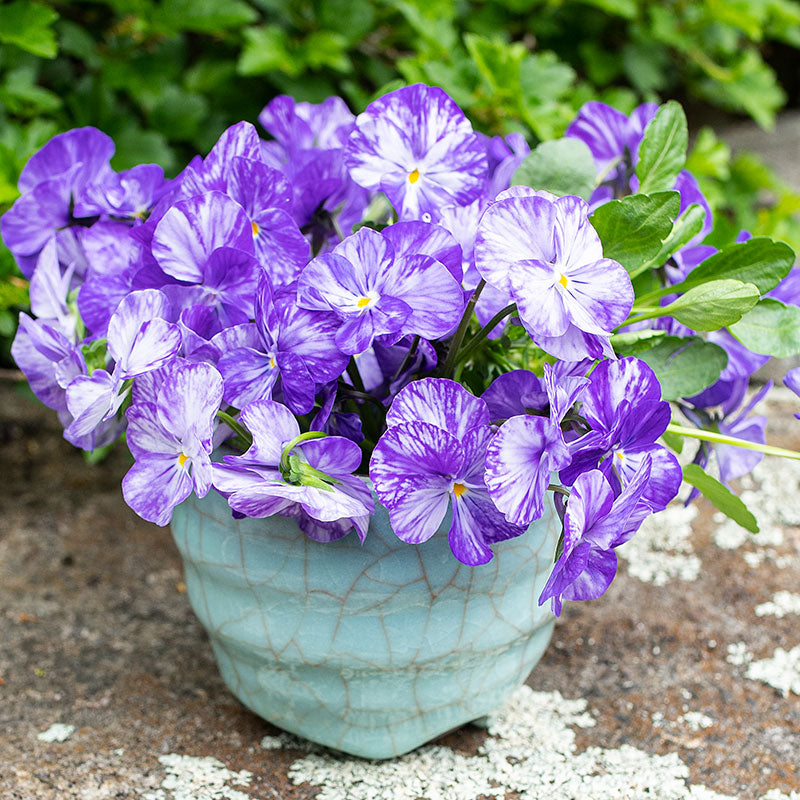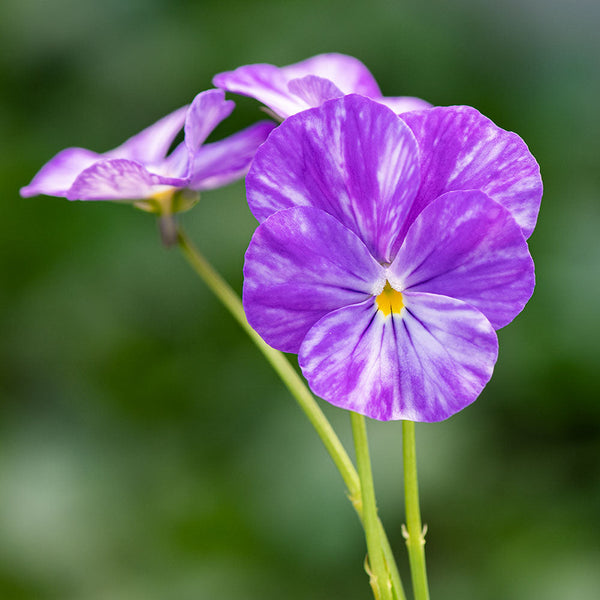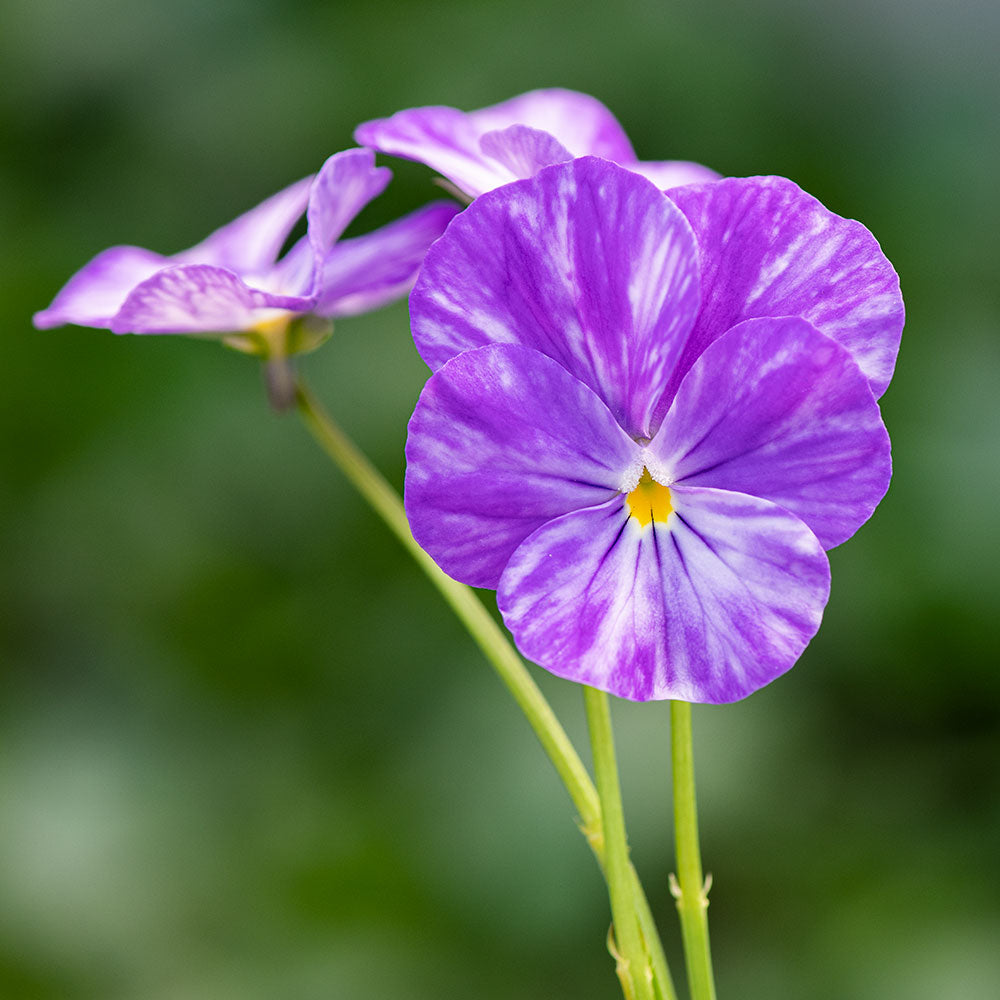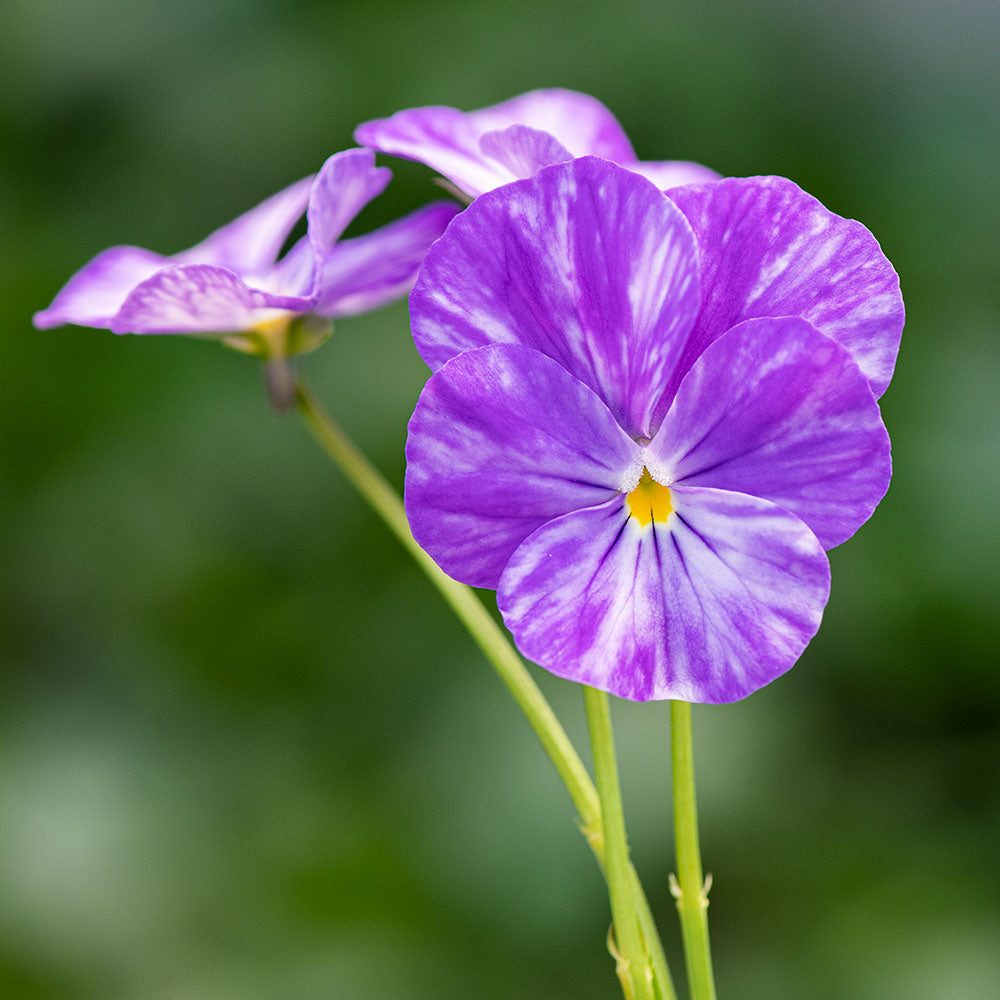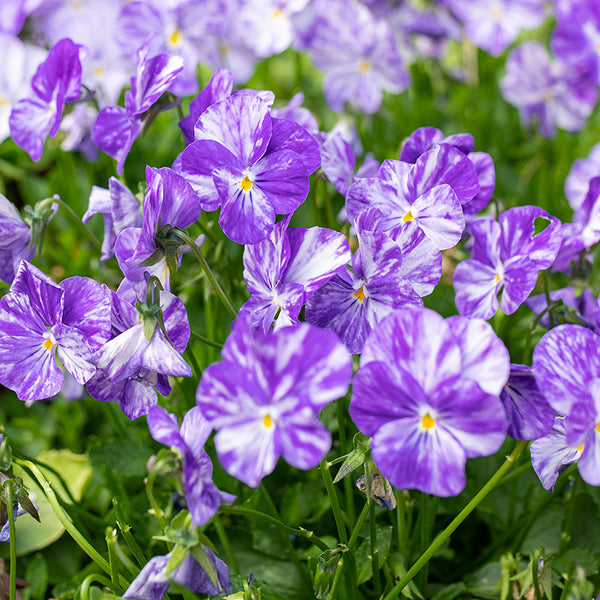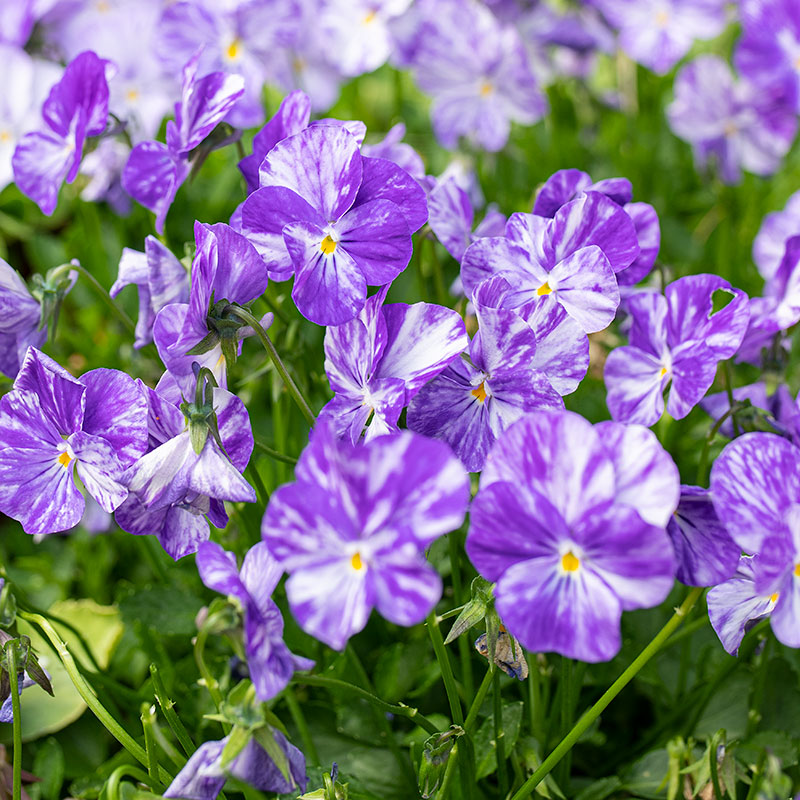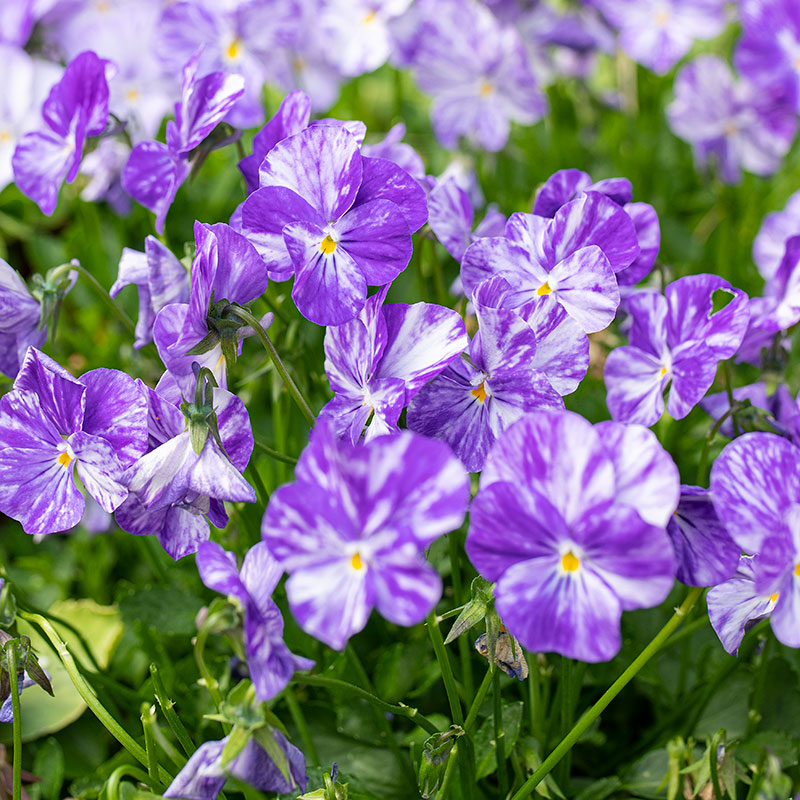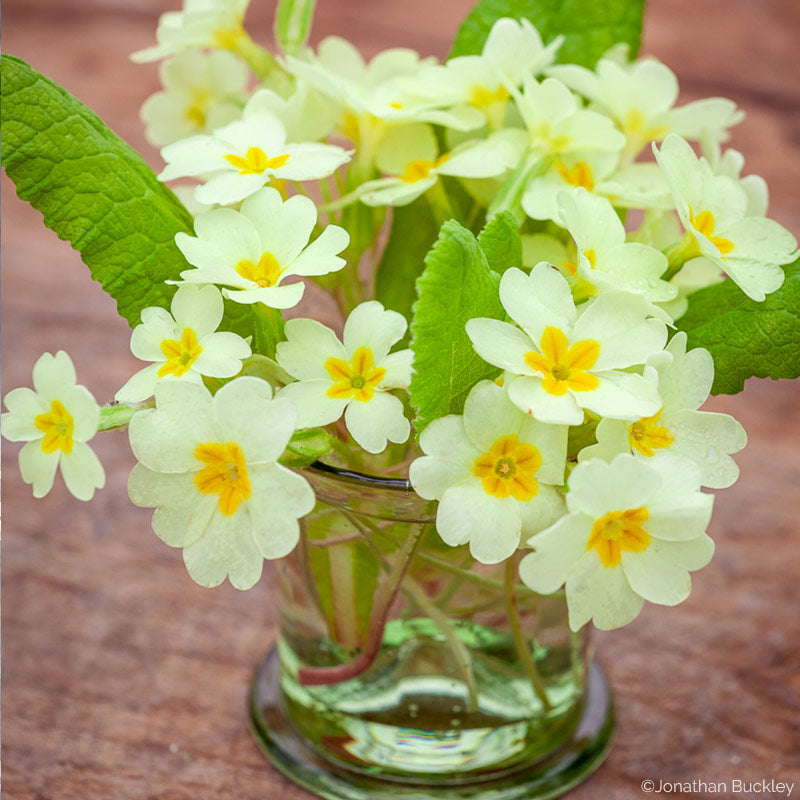Plant
Viola 'Columbine'
Viola hyb.
Violas arose from early crosses of viola species in the 1860s. Tufted pansy 'Columbine' has a teacup compact form bristling with flowering stems holding the most appealing fragrant flowers. Denim blue, lilac, and cream meld together in streaks and shadings. They bloom prodigiously and look lovely with creamy yellow primroses.
SKU #P3260
Buy more and save!
| Minimum Qty | Discount |
|---|---|
| 3 + | $0.20 off each |
| 6 + | $0.45 off each |
Growing Companions






























